Curated OER
Insects!
Students explore the diet of insects. In this "insects" biology lesson, students take a nature walk and collect various natural materials they think may be eaten by insects. Students sort and classify these materials into three diet...
Curated OER
Disaters!
Students read a fiction and nonfiction accounts about different types of disasters. The class uses iChat AV and iSight camera to interview students in a different part of the country about natural or manmade disasters in their area....
Curated OER
Solids, Liquids, and Gases
Students investigate and explore the three states of matter. They read and discuss the NASA article "The Engine That Does More," identify examples of each state of matter, and as a class complete a section of two worksheets. They...
Curated OER
Expanding Views of Learning Through iChat AV
Students identify a science topic they would like to present in a lesson plan. They use a digital video camera to film interviews with children in a K-8 classroom about how they think regarding that specific science topic. Pupils use...
Curated OER
Show Me the Money
Students review the terms in the "Money Vocabulary Word Bank." They make a wallet or purse to keep their money in. Students learn the song "Show Me the Money." They participate in five centers: 1) Head or Tails Tally, 2) Piggy Bank...
Curated OER
Why Do Hot Air Balloons Float?
In this gases learning exercise, high schoolers read about the Kelvin scale of temperature, they answer 3 fill in the blank questions about the relationship between temperature and pressure and they plot the temperature and pressure of...
Curated OER
Lesson 5: Technology: Conveniences and Consequences
Students identify positive and negative impacts of technology. In this technological advancements lesson, students consider how toxic pollution affects the Earth and its inhabitants. Students participate in 3 activities that allow them...
Curated OER
Intolerable Acts
Students examine the implications of North Korea's nuclear testing. They develop a K-W-L chart, read an article, write questions, conduct research on their self-generated questions, and create an exhibit of their findings.
Curated OER
Executive Branch of the U.S. Government
Fourth graders create a K-W-L chart of what they know about the executive branch of government. They access the Internet to research a specific level of government. They create a PowerPoint presentation with a minimum of eight slides.
Curated OER
My Number Book
Use six pre-printed pages to help kindergartners make their own numbers workbook. For each page, they practice identifying the assigned number by circling it where ever it appears on the page. Then they practice tracing it three times...
Curated OER
Transcendentalism and Epiphany in Ray Bradbury's Dandelion Wine
Twelfth graders examine the characteristics of transcendentalism. In this transcendentalism lesson, 12th graders determine what this type of writing entails before reading a passage from, Ray Bradbury's, Dandelion Wine. They cite three...
Curated OER
KWL Chart and Background Article
Students discuss an ecosystem. In this coral reef lesson, students fill in their own KWL chart and contribute ideas to a whole class KWL chart. They read an article as a class to spark ideas for facts they can add to the "K" part of the...
Curated OER
The Rainforest
Students learn the characteristics of the rainforest. In this rainforest lesson, students read stories about the rainforest and discuss them. Students work in groups to brainstorm all the facts they know about the rainforest...
Curated OER
Properties of Water
Students study the three physical properties of water-solid, liquid and gas. They classify materials as solids, liquids, and gases. They define the terms solids, liquids and matter and explain that when materials are manipulated,...
Curated OER
pH of Solutions
In this pH activity, students describe the pH scale and explain the initials "pH." Students classify solutions as acidic, neutral, or basic. Students name compounds as acids or bases. This activity has 3 short answer questions and 5 fill...
Curated OER
Watching Wheatstacks
Students explore basic shapes in Monet's paintings Wheatstacks, Snow Effect and Morning. They study about light and shadows through reading and experimenting with three-dimensional models and flashlights.
Curated OER
Soapy Stress
Learners investigate the three types of material stress related to rocks. They identify the three types of stress, conduct a simulation by breaking bars of soap using only their hands, and complete a worksheet.
Curated OER
Rock Solid
Students investigate the three types of material stress related to rocks. They watch a PowerPoint Presentation, view an online animation of the three types of rock stress, identify the various types of rocks, answer true or false...
Curated OER
Fact or Opinion (Food)
In this language arts worksheet, students read about the difference between fact and opinion. Students then read 10 statements about food and write "fact" or "opinion." Students write 3 facts about food and 3 opinions.
Curated OER
Let's Outrage the Bull
Students study kinetic and potential energy. In this energy lesson, students in grades K-2 understand the differences between kinetic and potential energy. Students in grades 3-5 demonstrate that kinetic and potential energy. Students in...
Curated OER
Science: Motion Commotion
Young scholars examine Newton's three laws of motion to discover what causes it and how it changes. They conduct motion experiments by building catapults and constructing balloon rockets. Finally, they conduct peer studies correlating...
Curated OER
R Blends
In this blends worksheet, learners complete 7 sentences by choosing from 12 words given. Students find the 7 words in a word search. Learners also unscramble 3 words.
Curated OER
Rain Forest Rap
In this rain forest rap worksheet, learners read rap facts about the rain forest and then complete the rap with their own additional facts. Students fill in three lines of the rap.
Curated OER
Is Your Blue Really Blue? [Metamerism]
Students examine color perception and how it relates to metamerism. In this color instructional activity students complete a lab activity that shows them the three basic components of color perception.
Other popular searches
- Election Day Activities K 3
- Drug Prevention K 3
- Art Project K 3
- K 3 Academic Standards
- School Libraries Grades K 3
- Emergency Room K 3
- Literacy Lesson Plans K 3
- Creation Myths for K 3
- Free Esl Lessons K 3
- Basketball Lesson Plans K 3
- Decomposition Grades K 3
- Skeletons K 3

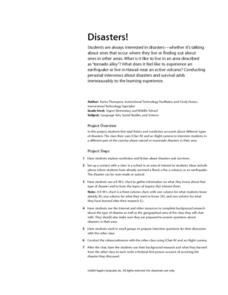
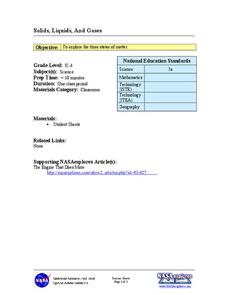


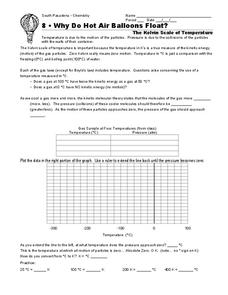





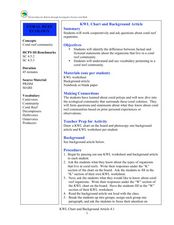



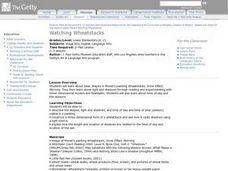
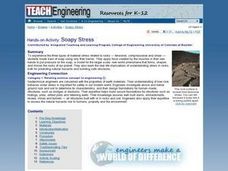


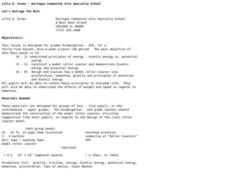
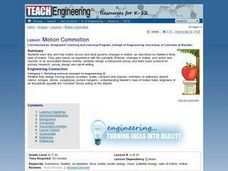


![Is Your Blue Really Blue? [Metamerism] Lesson Plan Is Your Blue Really Blue? [Metamerism] Lesson Plan](http://content.lessonplanet.com/resources/thumbnails/299613/large/otq2otizlmpwzw.jpg?1315624134)